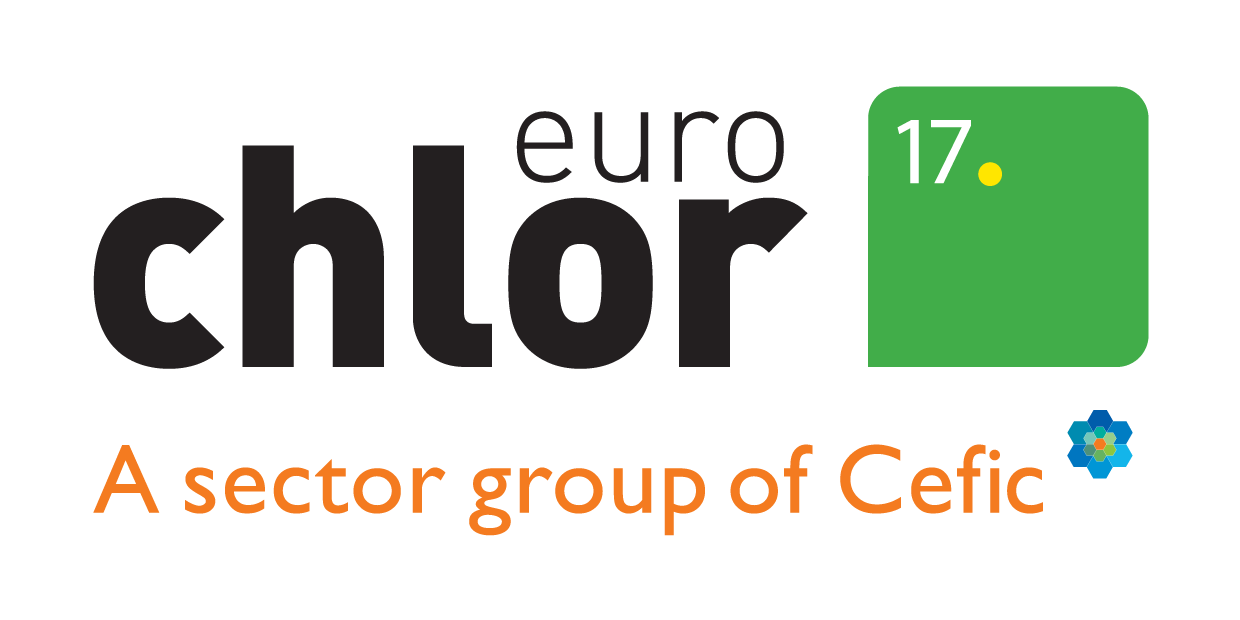New Euro Chlor Science Publication on Human Health
Euro Chlor, representing the European Chlor-Alkali industry, has published a new title in its series of Science Dossiers: “Human health aspects of halogenated organic by-products from use of active chlorine”. This dossier reviews the health implications of those by-products formed during current, non-reagent uses of active chlorine solutions (e.g. as a biocide).
Apart from their use in chemical synthesis, active chlorine solutions have a wide range of applications ranging from purification of water for drinking, swimming and cooling to cleaning, bleaching and disinfection. Generally these applications make use of the powerful oxidizing properties of these solutions, and most of the organic matter with which these solutions react during use is oxidized by incorporation of oxygen, dehydrogenation etc. A small part of the active chlorine, however, can take part in chlorination reactions which create halogenated organic by-products (also called disinfection by-products or DBPs).
The health implications of these by-products have been of particular interest to toxicologists, health professionals and regulators. This was initially because of concerns that they may include, or be similar to, some carcinogenic or asthma causing molecules.
This dossier reviews the scientific research exposure profiles and epidemiology of the relevant by-products formed during current, non-reagent uses of active chlorine solutions. It addresses both the main chemical families of the by-products and the many minor components; including often uncharacterisable halogenated macromolecules that make up the balance of the effluent mixtures. It considers the quantities of halogenated by-products typically produced during the various uses of active chlorine solutions (such as drinking water, swimming pools and cleaning) and assesses their potential impact on human health.
The work draws conclusions consistent with the World Health Organisation who continue to emphasise that standards of protection of potable water must not be compromised because of concerns about potential risks from disinfection by-products. It also agrees that, with correct management and use of these essential biocides, such DBP formation can be effectively minimised.
The new Science Dossier collates the findings of more than 140 recent scientific studies. It is available to be downloaded here.
Note to editors: This is the 18th publication in a series of Euro Chlor science publications aiming to improve the understanding of key topics related to the chlorine industry in order to support science-based decision-making. Science Dossiers are dealing with topics related to chlorine chemistry, often in the area of environmental or human health. The Dossiers intend to provide objective scientific information helping to improve the credibility and transparency of the chlorine industry. Many of the Science Dossiers have been the basis for peer-reviewed publications in scientific journals, written by specialists in the field.
Further information:
Marleen Pauwels, Science and Regulatory Affairs Director, Tel. +32 2 676 7247, mpa [at] cefic.be
Dirk Clotman, Communications Manager, Tel. +32 473 83 79 64, dcn [at] cefic.be
Additional information on the European Chlor-Alkali sector and its scientific publications on www.eurochlor.org/science .
N.B. This dossier accompanies one published in 2010 on the environmental impact of such by-products.

